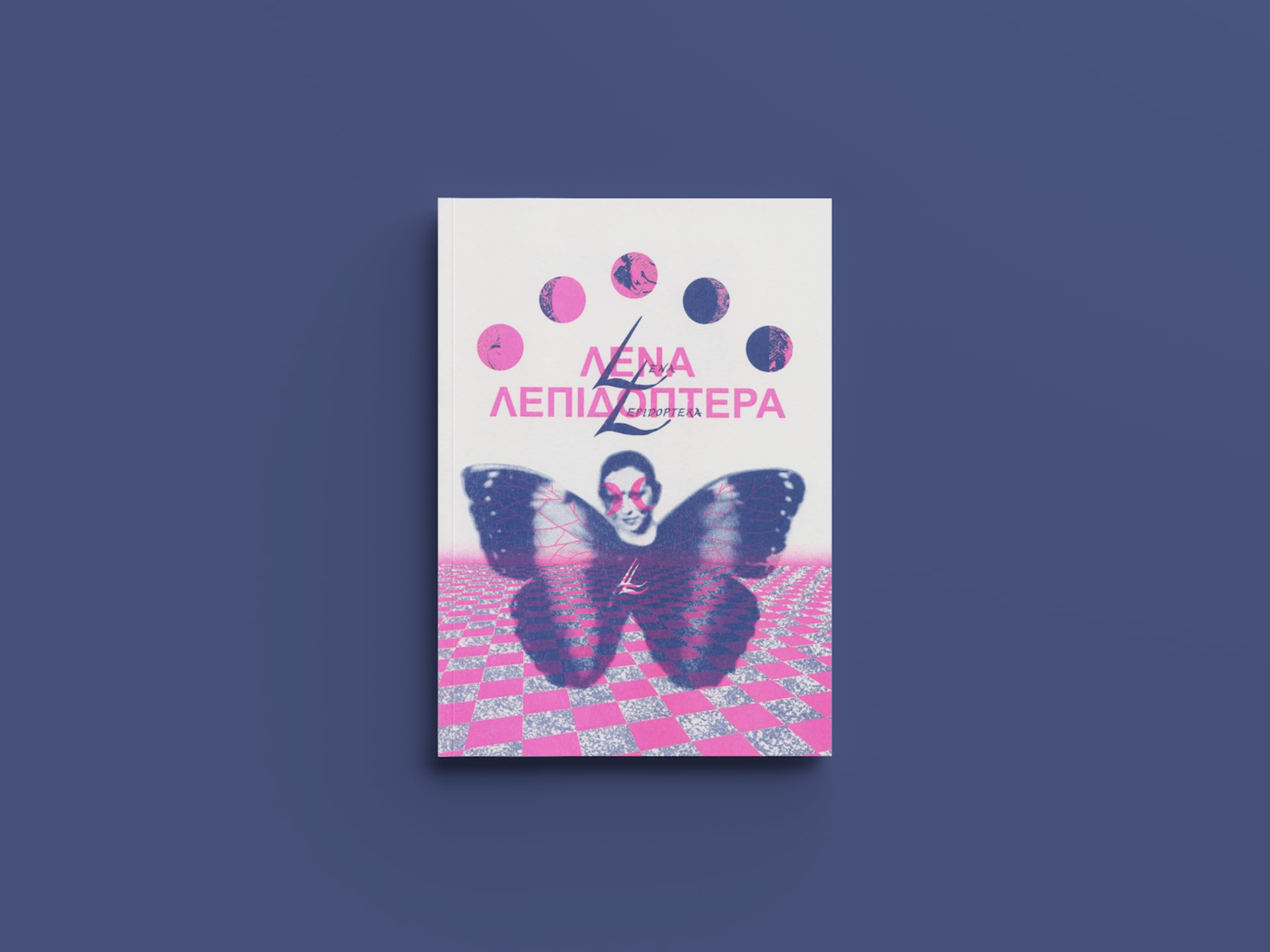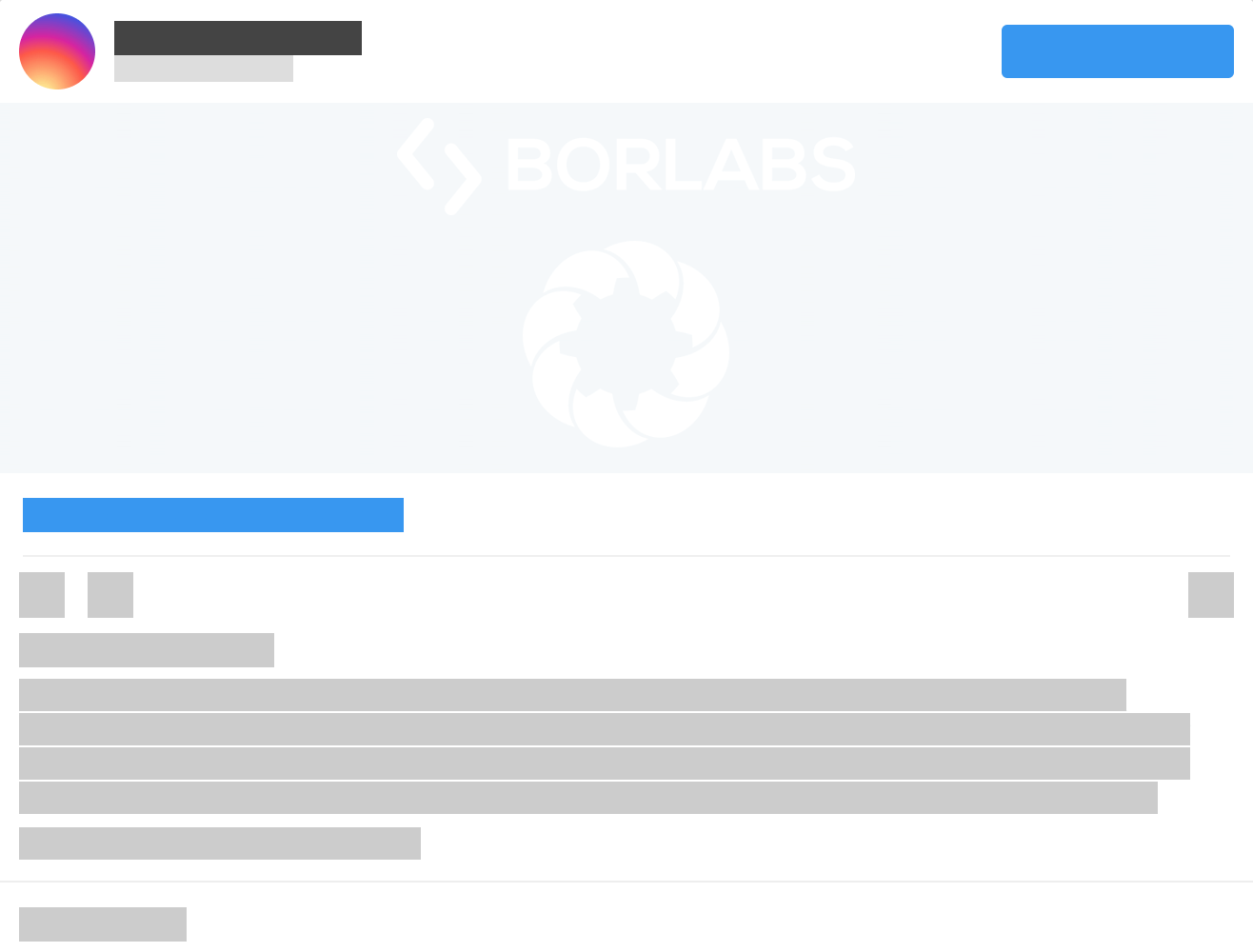
How Modern Fanzines are Giving a Voice to Underrepresented Scenes
With fanzines becoming more relevant than ever before, print – contrary to popular belief – is far from dead.
It’s safe to say the last few years haven’t been great for music and culture journalism. In 2018, German techno institution Groove discontinued its print issue – last year, the UK giant NME folded, as well as Tinymixtapes and Drowned in Sound. Red Bull Music Academy and its online magazine “The Daily” was put to rest by Red Bull at the end of 2019, and earlier this year, FACT announced it would discontinue written editorial features, focussing on audiovisual content instead.
While the number of larger heritage publications has declined in recent years, fanzines, with their ability to capture stories from niche vantage points, can be much more successful in addressing specific subcultures.
We aren’t mining data, selling banner ads or trying to build a media company.
Barbie Bertisch
“We aren’t mining data, selling banner ads or trying to build a media company. We’re writing love letters to our city, lifting up the talented people here, and leaving behind a record for future generations,” New York’s Barbie Bertisch says about the Love Injection fanzine.
Fostering communities in niche scenes is why many have returned to using fanzines as a new creative platforms for expressive and detailed storytelling – and it’s exactly why Paul Raffaele and Barbie Bertisch, two music fanatics based in Brooklyn, launched Love Injection in 2015. Their ethos, Raffaele says, is “Music first, New York focused, cheap, and widely accessible. [It’s about] creating a time capsule, a record of a community in New York at this time, and to encourage off-screen reading. We want you to collect them, save them, pass them on, and look back on them in 20 years.” The couple, inspired by earlier influential zines such as Boys Own (which is still going digitally by the way), the Terry Farley-spearheaded Faith (which recently just announced it will be returning to print late 2020), and the pivotal Under One Sky, looked to emulate this particular brand of storytelling through their collections of interviews, photo essays, illustrations, and poetry, that focus on the characters that make New York special.
“We like to starkly pair heritage with emerging,” Bertisch says about the zine’s focus. “Some parts of New York nightlife have been mythologized to death, but we are not here to retell the same tales over and over. Instead, we seek the lesser-told accounts and don’t just focus on “club” music. We’ve featured stories about jazz royalty Alice Coltrane, disco archivist and photography critic Vince Aletti, legendary host and club owner Christina Visca, volunteer-run multi-disciplinary non-profit 8 Ball Community, and have a forthcoming interview with Roy Ayers we’re excited to share.”
Thanks to zines, print is by no means a dying commodity. “There is definitely a rise in music-related zines,” claims Marc Robbemond, a specialist zine buyer at Amsterdam magazine store Athenaeum Nieuwscentrum. He insists that, within his scene, it’s flourishing due to the kind of slow journalism zines tend to employ, he continues, as they “have longer interviews and features, and write from a specific niche angle.” Vinyldyke and Women in Sound, for example, are publications which take a strong feminist angle. “Zines are still a perfect vehicle for activism,” Robbemond says, “and there has been an ongoing boom of feminist zines since the 2016 US election.”

Feminist zines, along with independent publications that use their narratives to focus on feminist issues, are definitely in abundance. Along with those already credited, zines like Making Waves, SIREN, Pink Noise, Future Ethics, and more recently Murmurations, address the gender imbalance within electronic music journalism. Murmurations, which was released this year on International’s Women’s Day, was put together by the Berlin-based journalist, DJ Gigsta. The publication brings together a strong selection of female music writers and DJs, including Steph Lee, Future Ethics’ Ursula Xanadu, Lisa Blanning, and many others, and features bespoke design and illustrations by MaryLou. “As a researcher, I study the way in which journalists write about dance music, and I was shocked by the amount of women writing about dance music,” she says about how the zine came together. The zine is much more than a collection of experiences, but more acts as a platform for styles of writing that one wouldn’t tend to find on mainstream publications. “When I asked people to contribute, I asked them to write something as personal as possible,” Gigsta further states. “It’s more something that you can write that you couldn’t do anywhere else.”
Zines and activism have always gone in hand, but it’s not just the stories they tell that make them special; it’s also how they tell them. Zines have come a long way in their design, and can nowadays take many formats and use unique design styles, illustrations and imagery to create truly distinctive products that make them not only highly collectible but also fascinating and rich in imagery.
One of the growing trends within contemporary zine culture is the use of Risograph printing, a bespoke style of stencil duplication that was originally introduced in the 80s. One artist who’s currently been using this method is Berlin-based graphic designer, Eloise Leigh, who recently used the technique on a zine she dedicated to the work of Greek synth-pioneer Lena Platonos. While working on the sleeve-designs for a series of re-issues of Platanos’ work of Dark Entries Records, Leigh became inspired to go and create her own tribute to the artist. “She was the prime example of a female musician who never got her due for being a genius, so I had to take this beauty and get something else of hers out into the world,” Leigh states.

The end result is a collage of artwork and poetry that uses Risograph printing to help create a bespoke, vintage-looking product. By being totally independent, and far from financially driven, zines also allow the author to have total control. “In publishing you normally get wrapped up in things like marketing and sales, stuff that ruins the purity of you just trying to get your ideas out,” Leigh explains. “The power of zines is that you don’t have that pressure to perform. It would be nice to get enough support from them to make a living, but if that were the motivation it would destroy it.”
Along with more culturally themed zines, there are also a growing selection of publications that are more strictly focused towards record labels and their own particular stories, including Bristol bass music’s Hotline Records’ No Cold Callers, and reissue label Efficient Space’s Enthusiasms. The latter of which was put together by label-head Michael Kucyk, is a multi-coloured pastiche of photos, essays and interviews with some of the label’s most vibrant characters. “I long wanted to initiate a platform to present the photographs, artwork and interview transcripts that sit unseen on the cloud, compiled with various contributions from our label family,” explains Kucyk. The fanzine also provided Kucyk a way of getting his label’s music and stories heard, something which he admits is proving difficult within the contemporary media landscape. “They’re all getting swamped with hundreds of releases a week, so it’s easy to be overlooked,” he says, referring to mainstream music platforms. “A lot of it comes down to who you can pay to pitch it, and we’re just a modest operation from Australia, [although] our local releases admittedly do get a lot of international support. Our country has some curious characters, and that seems to be appreciated.”

This independently self-funded scene is as volatile as the rest of the market, especially in times of crisis. As independent publishers, Raffaele and Bertisch, like all of the others listed here, are responsible for their own costs, and production. As such, they’ve decided to cease printing during the COVID-19 period, and instead publish an online PDF issue that documents what’s happening within their scene, and how people can help. “Figuring out how to celebrate our fifth anniversary was on our mind just a few weeks ago, but now we’re focused on doing whatever we can to make sure our friends don’t go hungry and homeless during this pandemic,” states Bertisch, exemplifying once more how important these community-driven publications are for our scene, and why they’re so important for us right now.
Published April 22, 2020. Words by Dan Cole.

